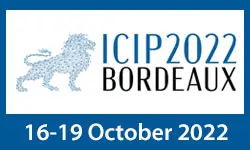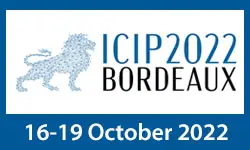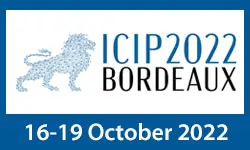A Bregman Majorization-Minimization Framework For Pet Image Reconstruction
Claire Rossignol, Florent Sureau, Emilie Chouzenoux, Claude Comtat, Jean-Christophe Pesquet
-
Members: FreeSPS
IEEE Members: $11.00
Non-members: $15.00Length: 00:14:49
19 Oct 2022
Imaging is a crucial inversion-based task in fields ranging from medical to structure investigations, and Earth discovery. The exploding reflector assumption provides a direct imaging approach for zero-offset (coincident source-receiver) data, like ground penetrating radar (GPR) data. in imaging, however, we face aliasing problems when the data are coarsely sampled. Formulating the corresponding frequency-domain wavefield as a neural network (NN) function of the lateral and depth coordinates, as well as frequency, allows us to use the physics-informed neural network (PinN) framework to obtain images of the subsurface. in this case, we use a modified Helmholtz equation that incorporates the data on the Earth surface (hard constraint) as the loss function to optimize the NN function. This modified Helmholtz formulation allows us to avoid the inherent weaknesses that PinN has in handling boundary conditions, like the data on the surface as an additional loss term. The frequency dimension allows for image reconstruction by directly summing the wavefield over frequencies (the zero-time imaging condition). This zero-offset implementation serves as a proof of concept for later extensions to prestack data using the double square-root equation.



